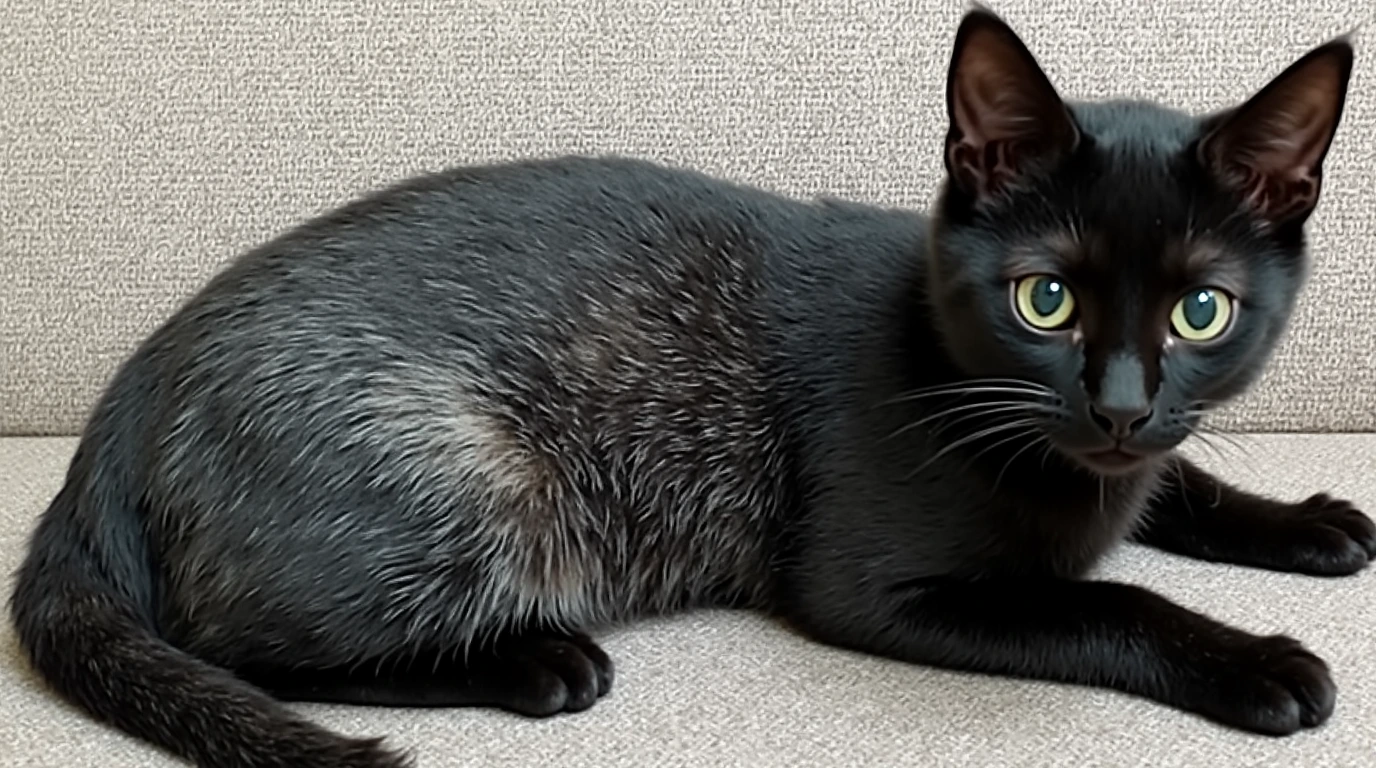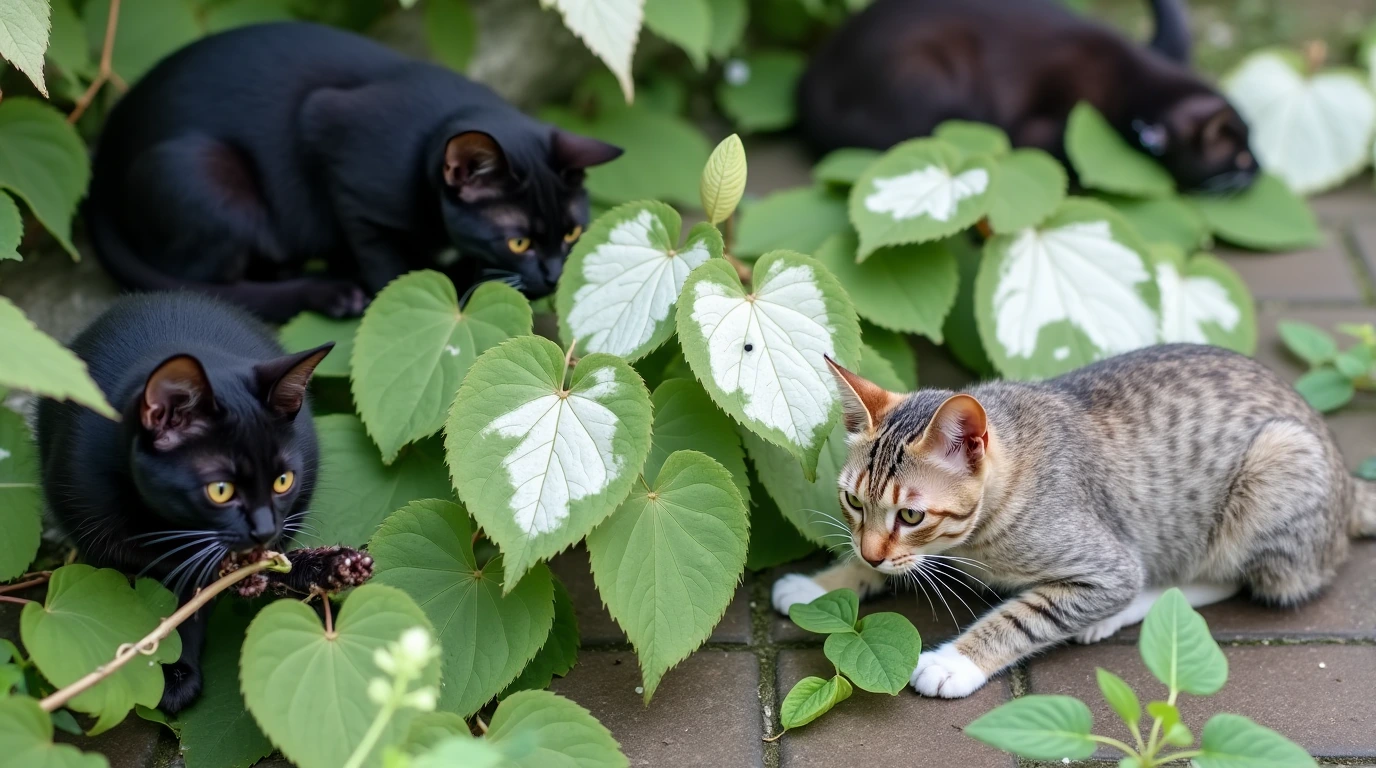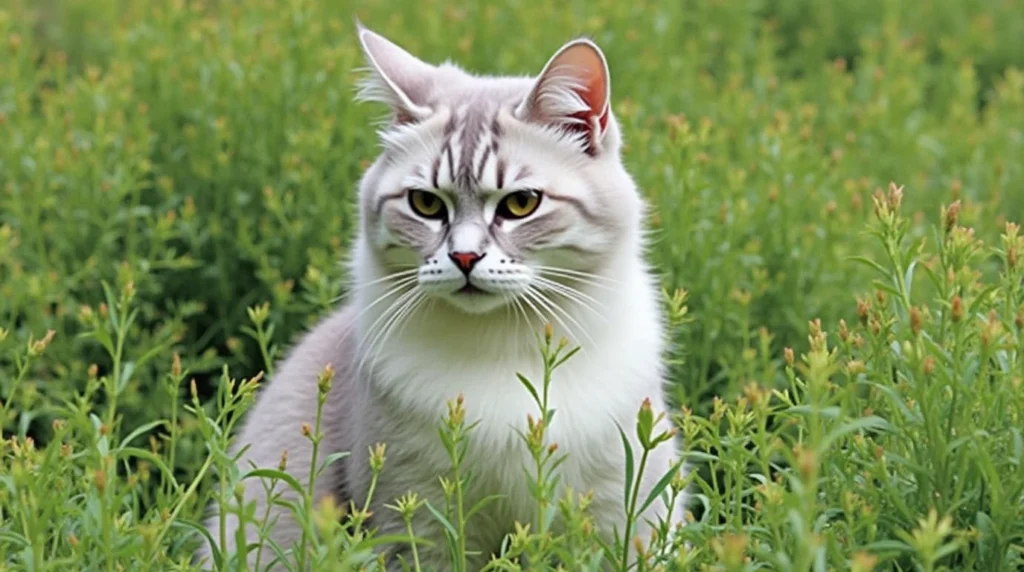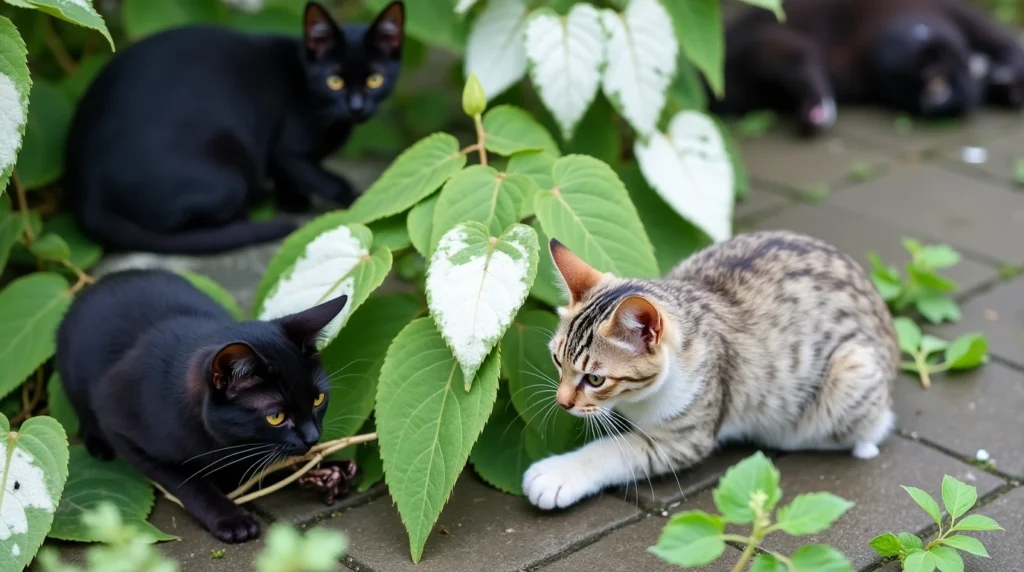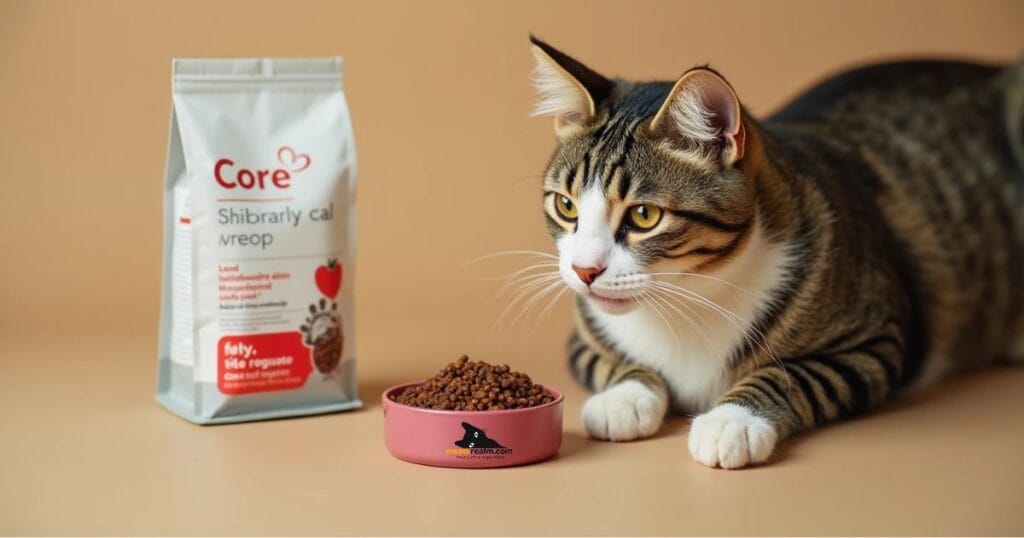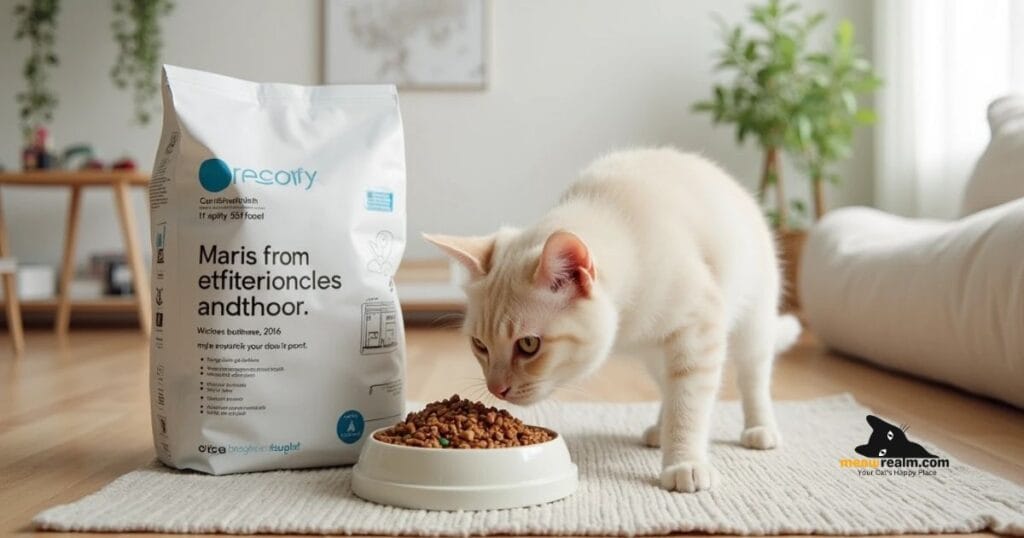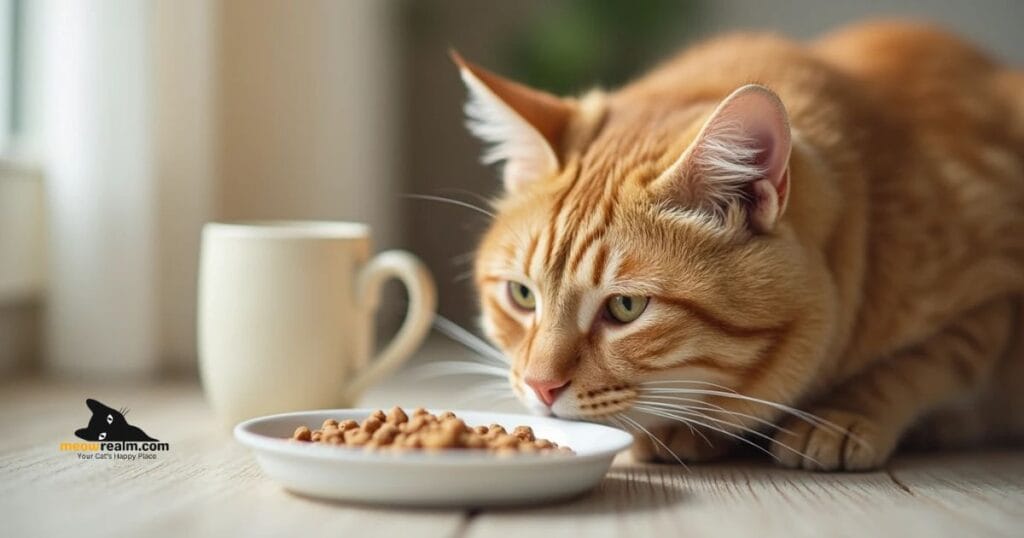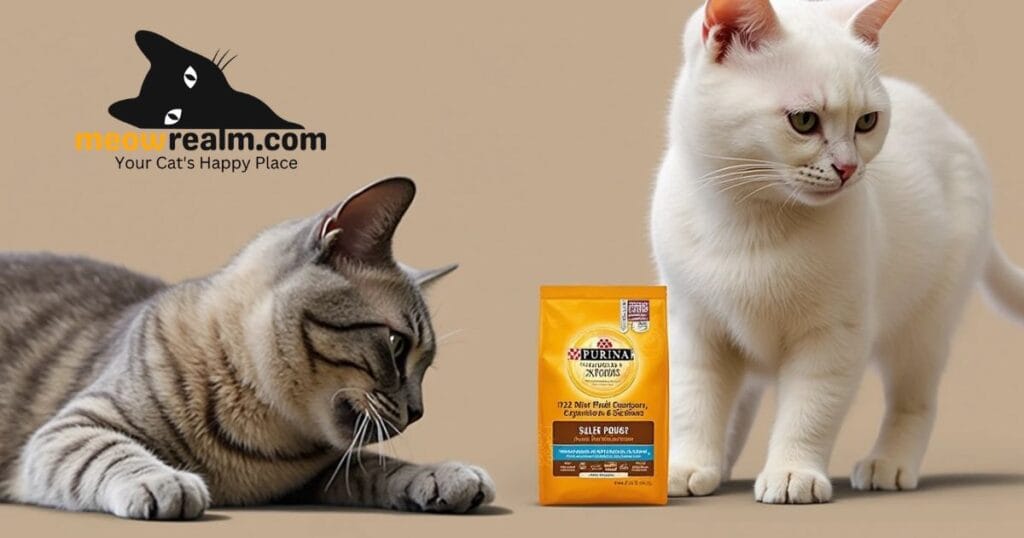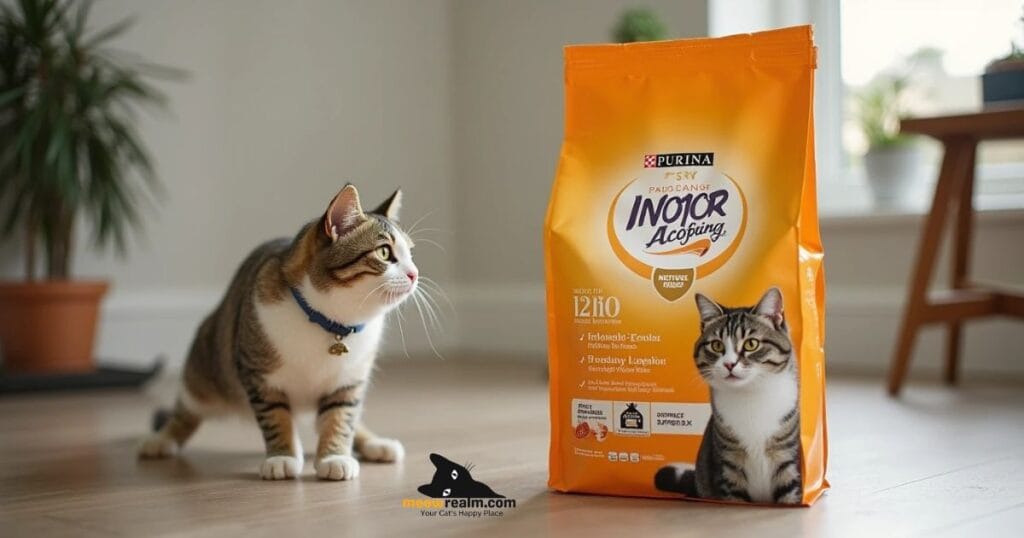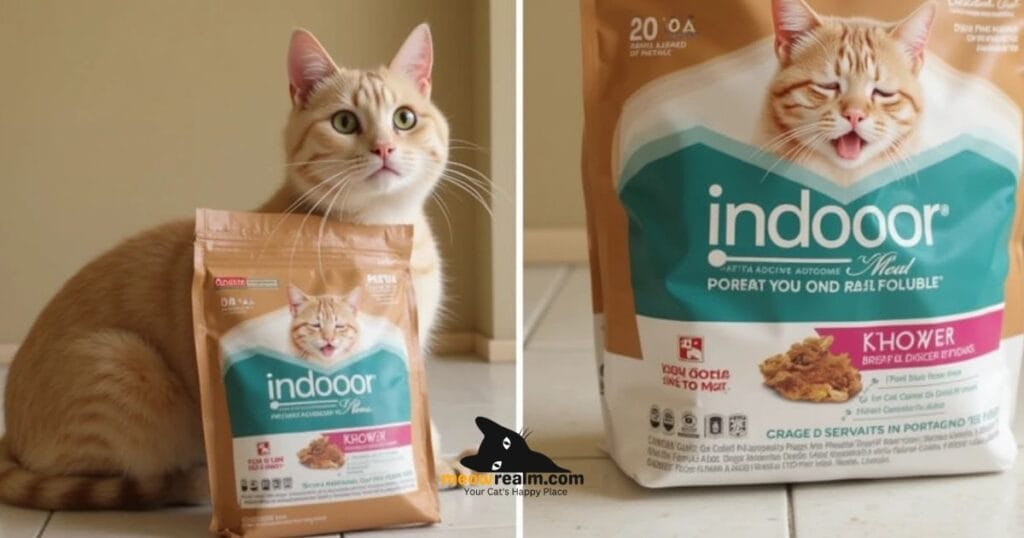Fever coat cat If you’re a cat owner, you might have noticed your pet’s fur changing color and texture. This is called fever coat, seen mostly in kittens. It makes their fur silver-gray. But what is fever coat, and why does it happen? A vet will explain this interesting part of cat health.
Fever coat, or stress coat, is when a kitten’s fur changes color due to mom’s stress or illness. If a mom cat is stressed or sick while pregnant, it affects her kittens’ fur. This results in kittens being born with a silver-gray coat, known as fever coat.
This change in fur is a natural response to mom’s stress during pregnancy. It’s not a sign of illness in the kitten. Luckily, fever coat is temporary. As kittens grow, their fur will go back to its normal color and texture.
Table of Contents
Understanding Fever Coat in Cats: The Basics-fever coat cat
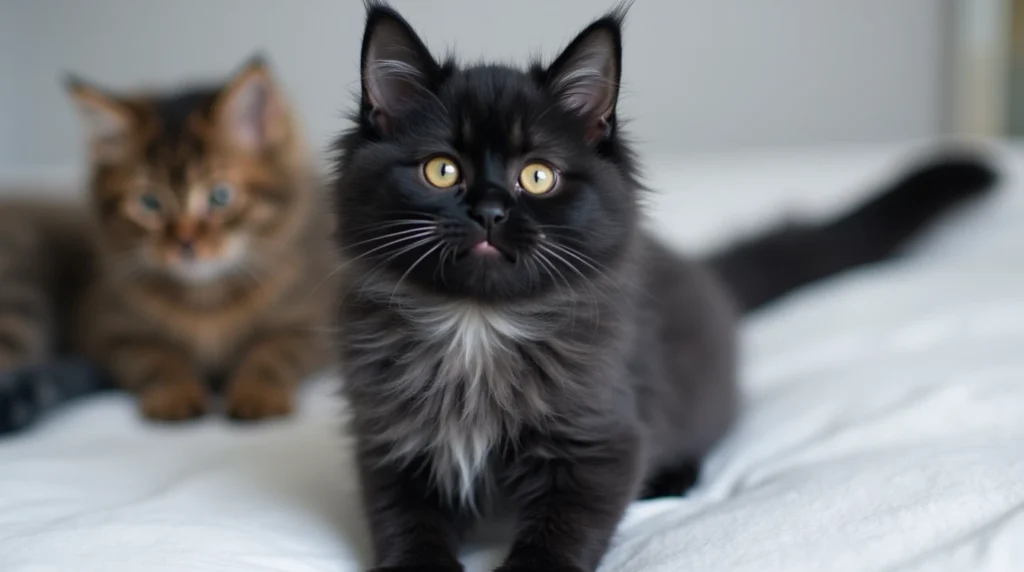
Fever coat is a temporary change in a kitten’s coat color and pattern. It happens because of the mother cat’s body temperature during fetal development. Let’s explore the science behind these coat changes and how to spot fever coat.
The Science Behind Temperature-Related Coat Changes
The kitten’s coat color is influenced by the mother’s body temperature during pregnancy. If the mother cat has a fever, it can change the kitten’s coat color and pattern. This is why fever coat looks different.
How to Identify Fever Coat Characteristics
Cats with fever coat have a mottled or patchy coat. Their fur might look lighter or darker in some spots. It can also be wavy or uneven. This helps pet owners tell fever coat apart from other coat issues.
Common Misconceptions About Fever Coat
Some pet owners think fever coat means the cat is sick or has a permanent problem. But, fever coat is temporary and harmless. It goes away as the kitten grows up and their coat settles. Knowing this can clear up common myths about cat coats.
Causes of Fever Coat Cat Conditions
If your cat’s coat has changed color, it might be fever coat. This interesting change is often due to several reasons. These include maternal stress, feline illnesses, and pregnancy issues.
Maternal stress during pregnancy is a big reason for fever coat. When a pregnant cat is stressed, it can affect the kitten’s coat color. This leads to the fever coat look.
- Stressful events, like changes at home or a new pet, can stress the mom cat. This stress can cause fever coat in the kittens.
- Illnesses in the mom cat during pregnancy, like feline illnesses, can also cause fever coat in kittens.
- Pregnancy problems, such as malnutrition or illness, can affect the kitten’s development. This can result in the fever coat color.
Fever coat is not permanent and usually goes away as the kitten grows up. Knowing why it happens helps pet owners take better care of their cats during this time.
Signs and Symptoms of Cats with Fever Coat cat
As a cat owner, knowing the signs of fever coat is key. This condition, where a kitten’s fur changes color, often means there’s a health issue. It’s important to understand what’s happening with your cat.
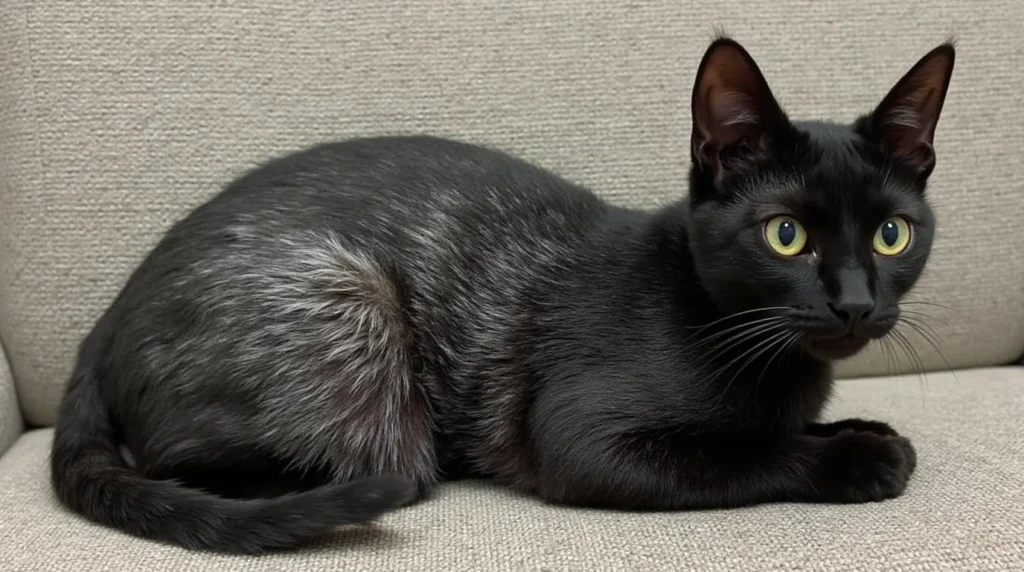
Physical Appearance Changes
The most obvious sign is silver-tipped fur on your kitten’s coat. This happens when the normal fur color stops for a while. You’ll see a lighter look. Then, as the fur returns to normal, you might see kitten coat color changes again.
Behavioral Changes to Watch For-fever coat cat
- Increased lethargy or fatigue
- Changes in appetite, either increased or decreased
- Irritability or sensitivity to touch
- Reluctance to play or engage in normal activities
Duration of Fever Coat Symptoms-fever coat cat
The fever coat duration varies, but usually, it goes back to normal in a few months. As your kitten gets better, their fur will too. Keep an eye on your cat and talk to your vet if symptoms last too long.
“Understanding the signs and symptoms of fever coat can help you provide the best possible care for your beloved feline companion.”
When to Seek Veterinary Care for Fever Coat cat
Watch for big changes in your cat’s looks or behavior. Look out for coat texture, color, or pattern changes. Also, keep an eye out for signs like being very tired, not wanting to eat, or acting differently.
Young cats, or kittens, need more vet visits because fever coat is common in them. Your vet can help manage the condition and find any hidden problems that need fixing.
“Paying close attention to your cat’s health and seeking professional medical advice when needed is crucial for their well-being and the management of conditions like fever coat.”
Being careful and quick to get vet help can make a big difference for your cat with fever coat. It helps keep them healthy and happy.
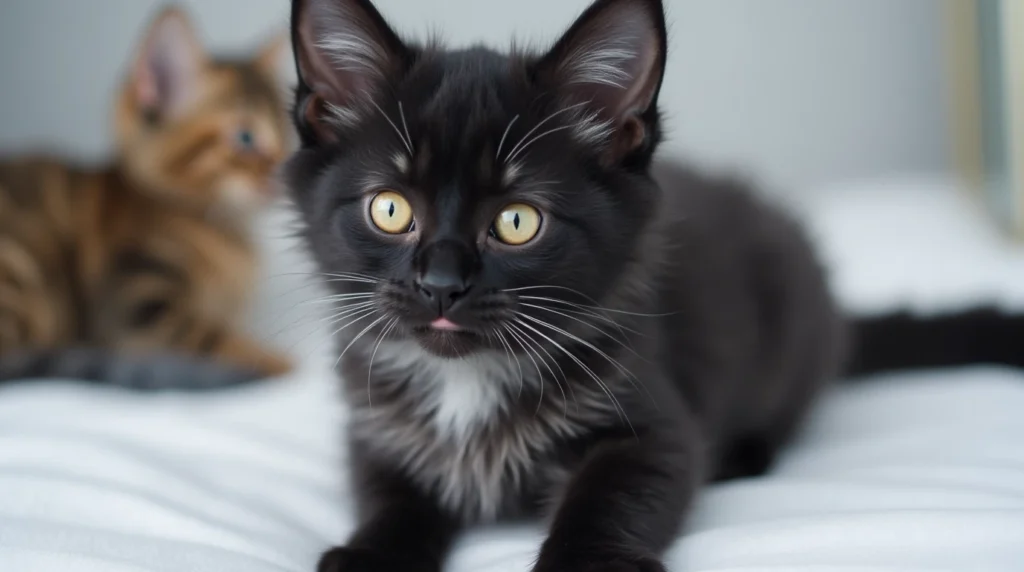
Treatment and Recovery Process-fever coat cat
Treating cats with fever coat means fixing the health issue causing the color change. Your vet will find and treat the main problem, like an infection or inflammation. Once fixed, your cat’s coat color should go back to normal in weeks or months.
Medical Interventions
Your vet might give your cat medicine or treatments based on the diagnosis. This could be antibiotics for infections, anti-inflammatory drugs for swelling, or other care. Sometimes, blood tests or scans are needed to find the cause.
Home Care Guidelines
While your cat recovers, you can help at home. Make sure they have a comfy place to rest and eat well. Don’t over-bathe them, as it can mess with their coat. Brushing regularly helps get rid of old fur and lets new, healthy fur grow.
Expected Timeline for Coat Normalization
The time it takes for your cat’s coat to return to normal varies. It could be weeks or months, depending on the cause and how your cat responds. You’ll see new fur grow from the base up. Be patient and follow your vet’s advice for a full recovery.
Conclusion-fever coat cat
Understanding fever coat in cats is key for owners and breeders. This change in coat color is a natural response to temperature changes. It shows how a cat’s body reacts to different temperatures.
Cats with fever coat might have color or texture changes in their fur. But, this is usually not a cause for worry. It often goes away as the kitten grows up. Knowing about fever coat helps you care for your cat better.
It’s important to know about fever coat and other health issues in cats. This knowledge helps keep your cat healthy and happy. Working with your vet ensures your cat gets the best care. Your cat’s health and happiness should always come first.
FAQ
What is fever coat in cats?
Fever coat is a temporary look in kittens. They are born with a silver-gray or lighter coat color. This happens because of stress or illness in the mom during pregnancy.
What causes fever coat in cats?
Fever coat is usually caused by stress or illness in the mom during pregnancy. These issues can affect how the kitten’s fur develops, making it silver-gray.
How can I identify fever coat in my cat?
Look for silver-tipped or lighter fur, especially on the back, legs, and tail. The fur might feel softer than usual.
How long does fever coat last in cats?
Fever coat is temporary. The kitten’s normal coat color will come out as they grow. This usually happens in the first few months of life. Most kittens get their permanent color by 6 months.
When should I take my cat with fever coat to the vet?
Take your kitten with fever coat to the vet for a check-up. Even if it looks mild, the vet can check for health issues. They can also give advice on caring for your kitten during this time.
How is fever coat treated in cats?
Fever coat doesn’t need special treatment because it will go away as the kitten grows. But, if it’s linked to a health problem in the mom, the vet might suggest treatment for that.

